INFOS & SERVICE
OUR OTHER WEBSITES
Arrive in Beijing
Welcome to China. Visit Temple of Heaven
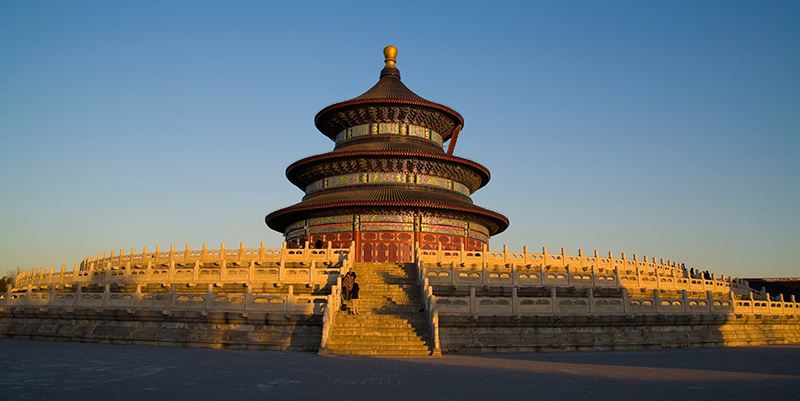
Beijing
Hiking and sightseeing on the Great Wall at Mutianyu
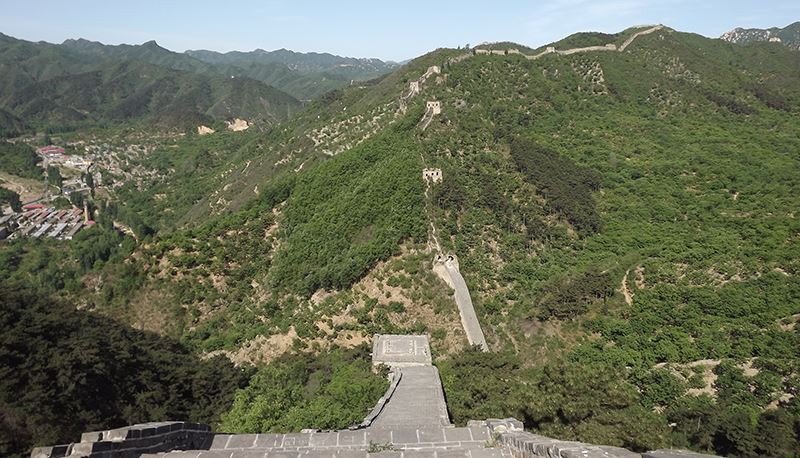
High-speed train Beijing – Xian
Forbidden City (Gugong), Tiananmen Square, from Jingshan Park great view of the Forbidden City
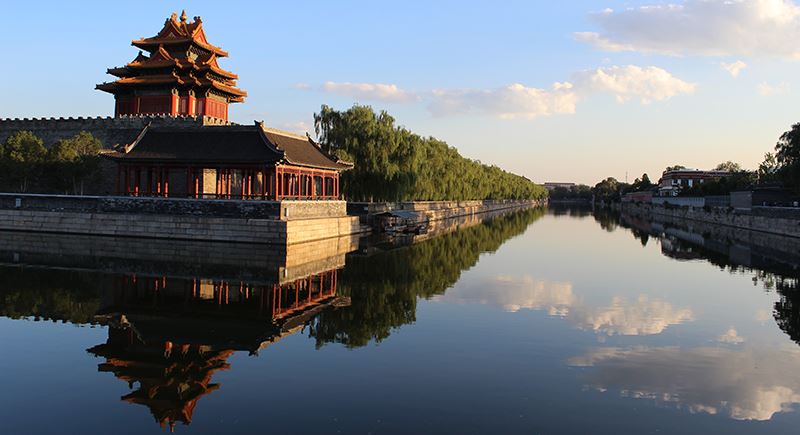
Xian
The Eighth Wonder - Terracotta Army, Grand Wild-Goose Pagoda, the best-preserved Chinese city wall

High-speed train Xian – Xining, night train Xining – Lhasa
Grand Dongguan Mosque, Train ride on the Qinghai-Tibet Plateau and through the human-less areas

Arrive in Lhasa
Welcome in Tibet – the roof of the world
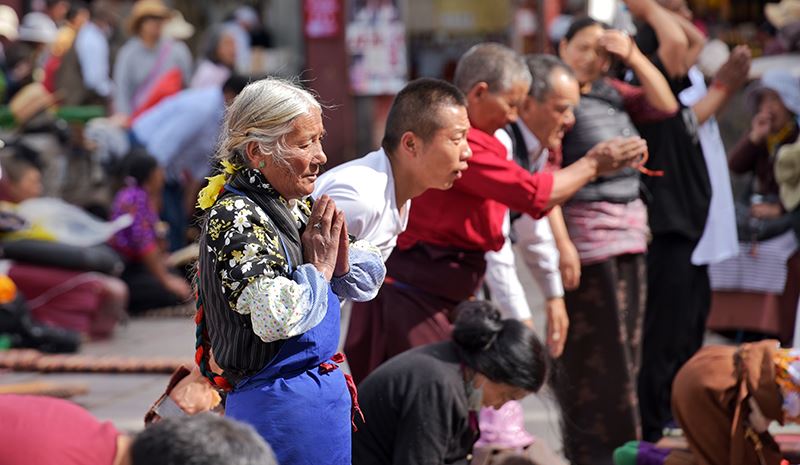
Lhasa
Potala Palace – landmark of Lhasa, Jokhang and Barkhor Street
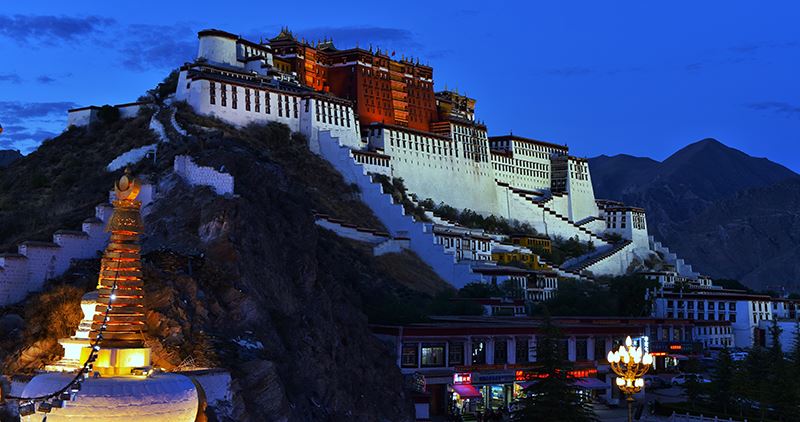
Lhasa
Panoramic view over Potala, Norbulingka, Debate in Sera
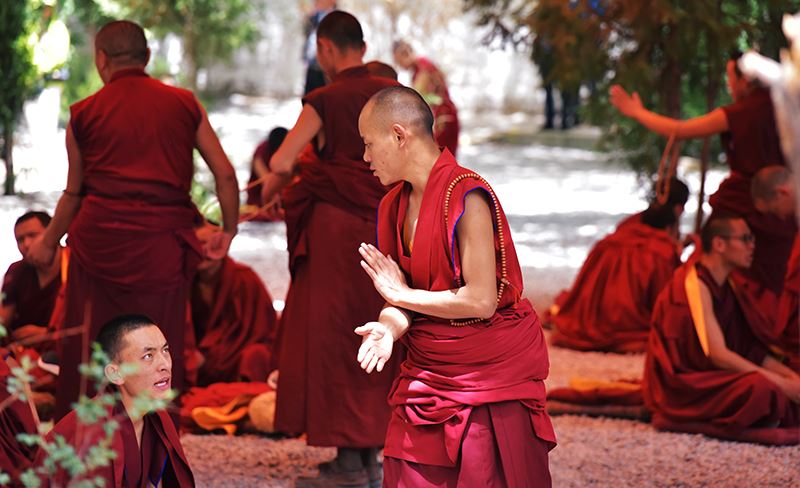
Flight Lhasa – Chengdu
Home town of panda. Kuanzhai Xiangzi, drink tea in People’s Park
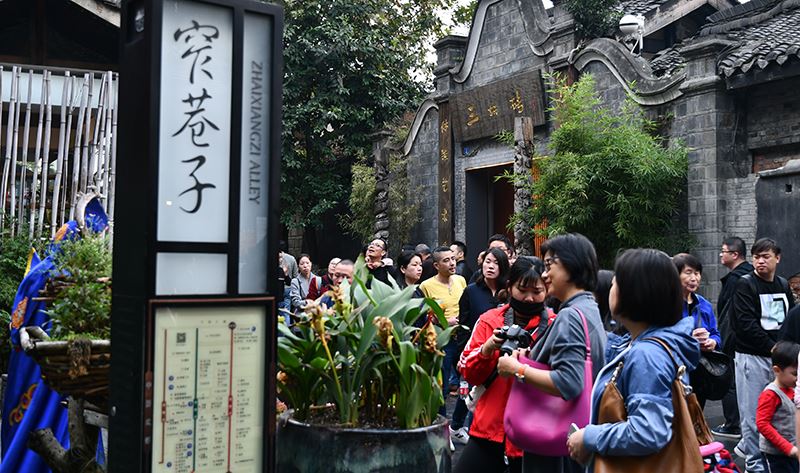
Chengdu – Guanghan – Chengdu
Giant Panda Base, Sanxingdui Museum
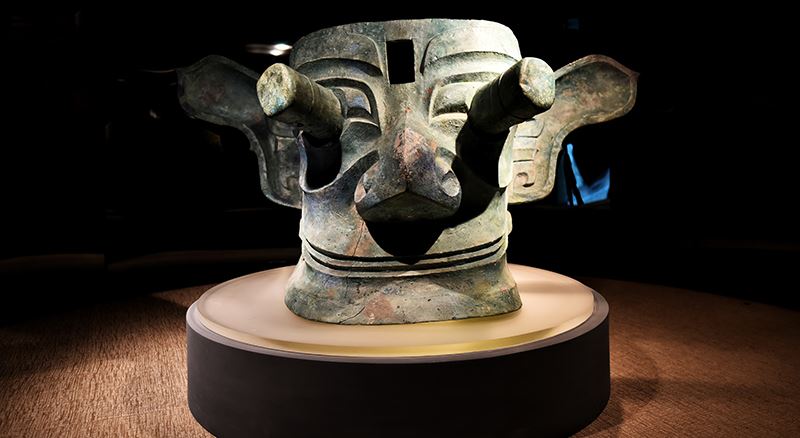
Flight Chengdu – Shanghai
World metropolis Shanghai. Yu Garden (Yu Yuan), The Bund
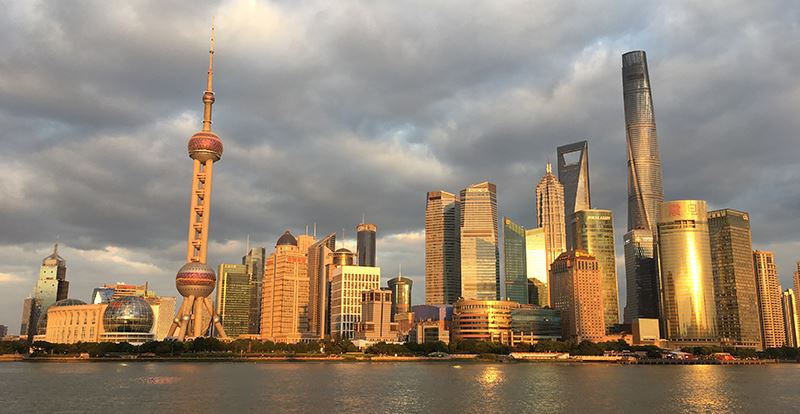
Flight Shanghai - home
Leave China for home
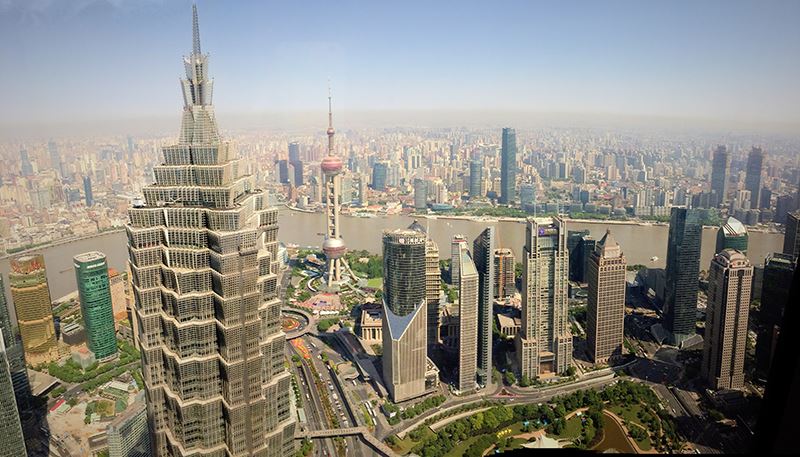
Private travel, great experiences! Please contact us for your tailor-made travel offer.
With individual China Tibet travel, you can decide when, where and how you go on tour by yourself. What's more, you can choose the length of travel and whom you go with.